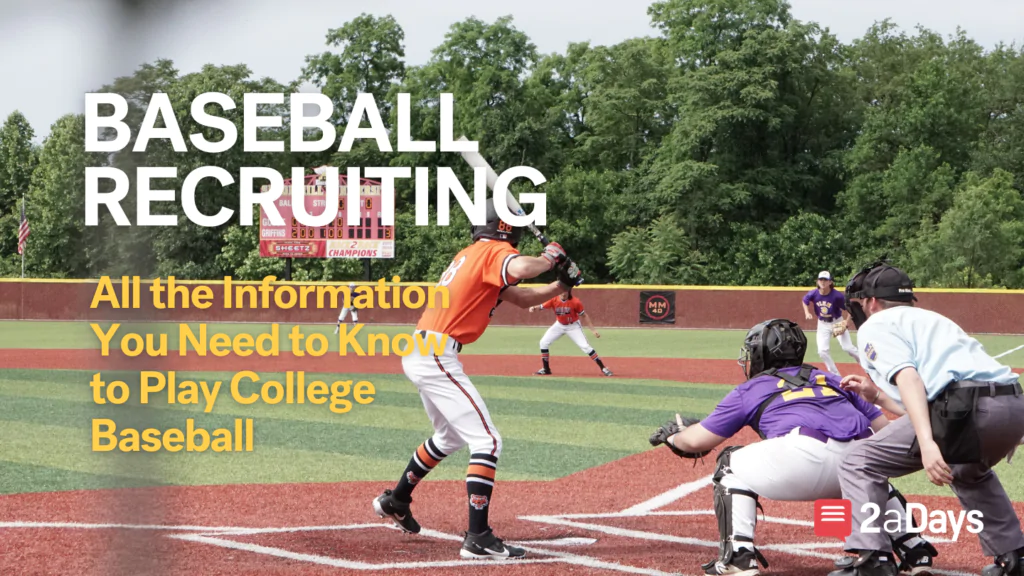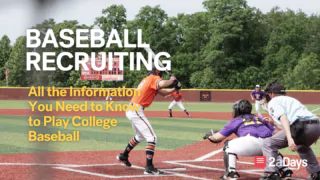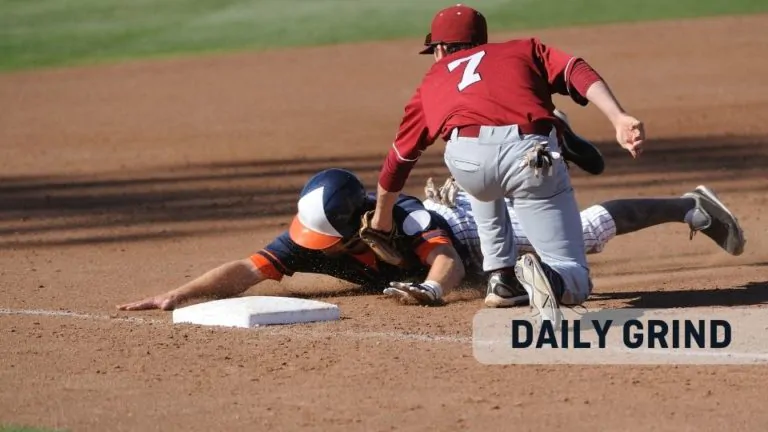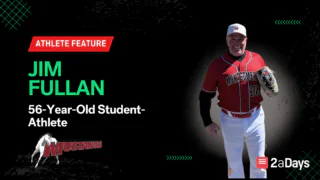The recruiting process is nothing short of stressful and confusing. Depending on the schools you are looking at, there are always different rules and dates that you have to keep track of. We want your baseball recruiting process to be as smooth as possible. Separated by division, here is a breakdown of the scholarships, rules, and important dates that baseball recruits need to know:
Division I:
Division I baseball programs are typically the most competitive. They often have larger budgets and can offer more scholarships compared to other divisions. In Division I, there are a limited number of scholarships available per team, and they are usually full scholarships, covering the cost of tuition, fees, books, and room and board. These scholarships can be highly sought after and are most often given to the most sought-after and highly talented recruits in the country.
Depending on the program, not all Division I baseball teams have the money to offer the maximum number of scholarships allowed by the NCAA. Instead, many schools will provide partial scholarships to players, where only tuition or only room and board are covered. It could also be that only partial tuition or room and board are covered.
The recruiting process in Division I is highly competitive and starts early. Coaches often identify and recruit players during their high school years or even earlier. Showcases, tournaments, and high school games are very important if you want to play DI college baseball because it allows you to get your name out there and allows recruiters to see you play. Division I programs also have more strict eligibility requirements and academic standards to maintain their scholarship status.
Important dates:
- Recruits can contact a coach at any time, but the coaches have restrictions on how and when they can respond.
- September 1 of junior year: Coaches can start sending recruiting materials (e.g., questionnaires, camp invites) to prospective student-athletes.
- July 1 after junior year: Coaches can start making verbal offers and initiating direct contact with recruits.
- August 1 before senior year: Official visits can begin.
- November 11 of senior year: National Signing Day for Division I baseball, when recruits can sign their National Letter of Intent (NLI) to officially commit to a program.
Related: Don't Strike Out in Your Recruiting Process: 5 Tips for Baseball Recruits
Division II:
Division II baseball programs offer a slightly lower level of competition compared to Division I but still provide excellent opportunities for athletes. Scholarships in Division II can be both full and partial, and the number of scholarships available varies by program.
Similar to Division I, coaches actively recruit players in Division II. They may visit high schools, attend tournaments, and evaluate players' performances to identify potential recruits. The recruiting timeline in Division II is generally more flexible compared to Division I, allowing athletes to be recruited later in their high school careers.
Important dates:
- June 15 before junior year: Coaches can start making verbal offers and initiating direct contact with recruits.
- August 1 before junior year: Official visits can begin.
- November 11 of senior year: National Signing Day for Division II baseball, when recruits can sign their National Letter of Intent (NLI) to officially commit to a program.
Related: A Pure Look Into College Baseball with Liberty University's Head Coach Scott Jackson
Division III:
Division III does not offer athletic scholarships specifically. However, Division III schools provide financial aid packages based on academic merit, financial need, or a combination of both. Division III athletes are still able to receive significant financial assistance through these academic scholarships, grants, and need-based aid, which can make attending a Division III school more affordable.
In Division III, there is more importance placed on the student-athlete experience and being able to balance both athletics and academics. Coaches in Division III programs cannot offer athletic scholarships, but they can provide support and guidance throughout the admissions and financial aid process. Athletes interested in playing college baseball at a Division III school should reach out to coaches directly and explore the available financial aid options. The coach will likely be able to give you an estimate, as well as contacting the admissions office will provide you with any information you may need.
- Division III does not have specific recruiting dates or restrictions imposed by the NCAA. However, coaches usually start evaluating and recruiting players earlier in high school, and recruits can talk with coaches and visit campuses at any time.
- Because there are no DIII athletic scholarships, the process is more likely to align with the timeline of the admissions process.
Every school within each division is different. Do your research on the schools you are interested in, keep in contact with the coach, and if possible, talk to a current player on the team. As a high schooler, you have to keep getting your name out there. Going to showcases, attending camps, and continuing to reach out to coaches will put you in a great position come commitment time.
Have an idea for a story or a question you need answered? Want to set up an interview with us? Email us at [email protected]
* Originally published on June 20, 2023, by 2aDays Staff







